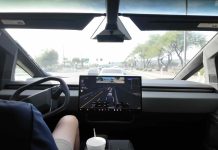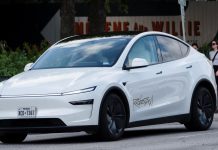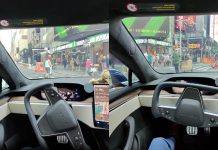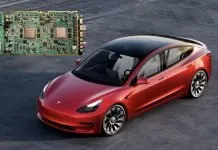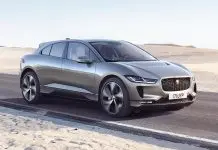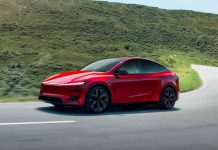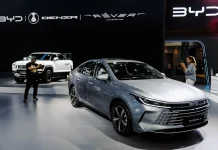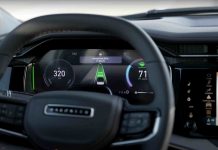As the world increasingly moves towards sustainable innovation, one Tesla Model 3 owner decided to create a bold experiment using his own hands. In a very innovative and radical experiment, reported on TheTechofTech YouTube channel, a soft 120-watt Bluetti solar panel was installed on top of a Tesla vehicle and plugged into a Bluetti AC200P portable power station. The goal? To charge the electric vehicle (EV) completely off-grid by use of only solar power.
The structure was ingenious on the part of an engineer, and the amount of patience that it took to erect but the impact was surprisingly good, albeit with its restrictions. It is ideal because with favorable weather conditions, the solar-powered system was able to produce approximately 7 miles of driving range in a day, but this would be comparable to about 1 mile per hour in a day of sunlight.
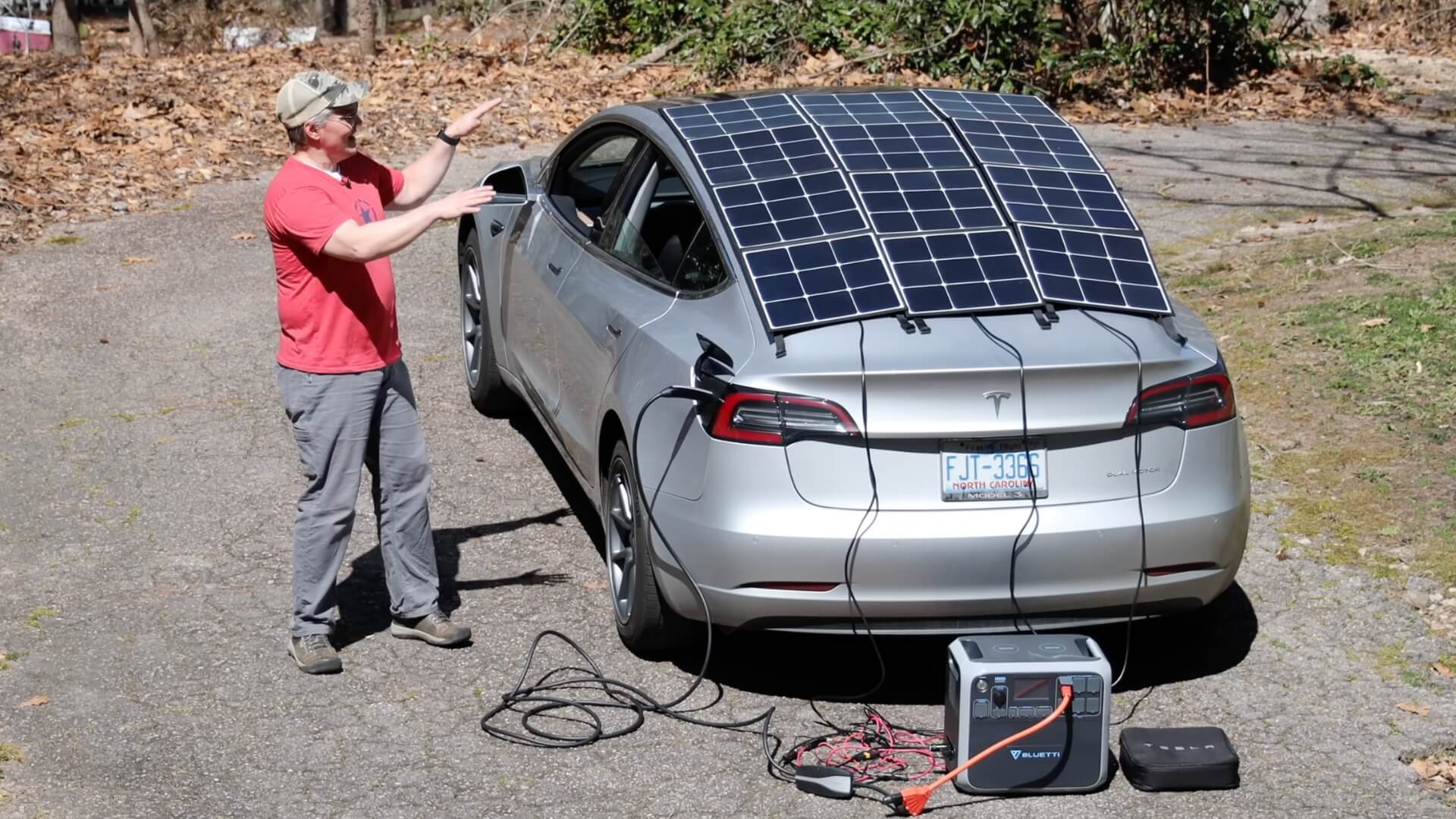
Solar on the Go: How It Works
The project was to mount bendable solar panels onto the roof of the Tesla Model 3 and connect them to supply electricity to a mobile Bluetti power plant. The AC200P then passes the energy it has stored to the charging port within the vehicle.
This was done without using the conventional grid-based form of charging at all and was a real test run of off-grid ability. Solar EVs have not been completely out of the discussion, but DIY installations in the field are scarce, and of value in seeing where the technology can and can not go and its limitations.
Technically, the solar system functioned. Depending upon the availability of sunlight, optimum conditions every day would have produced sufficient energy to fully power the short commutes or supplemental energy during times of emergency. The system has a lot of potential in the lives of individuals who live in sunny climate zones or spend some time off the grid, such as campers, road-trippers, and those who love the outdoors.
The shortcomings were, however, evident. The recharging process was very slow, and it had to be continuously placed under direct sunlight and needed continual re-positioning in order to be effective. Charging virtually was zero in shaded areas. The costs were saved an average of a few days at 50 cents per day, which can hardly be considered as financial motivation against the convenience and speed of own or supercharge stations.
A Glimpse of What’s to Come
Even though this project is not yet viable to use in mainstream yet, it raises a necessary debate about the future of solar-powered EVs. So it is not so difficult to see a day when your electric car is able to charge itself when you park it in the daytime.
Main players in the automobile manufacturing industry have already begun to investigate combined solar options. Such companies as Aptera, Lightyear, or even Toyota have tried out solar roofs capable of granting them several additional miles. Although the additions cannot substitute standard charging infrastructure soon, they can make the range flexibility soar, as well as independence on the grid, particularly in locations where charging points are few.


